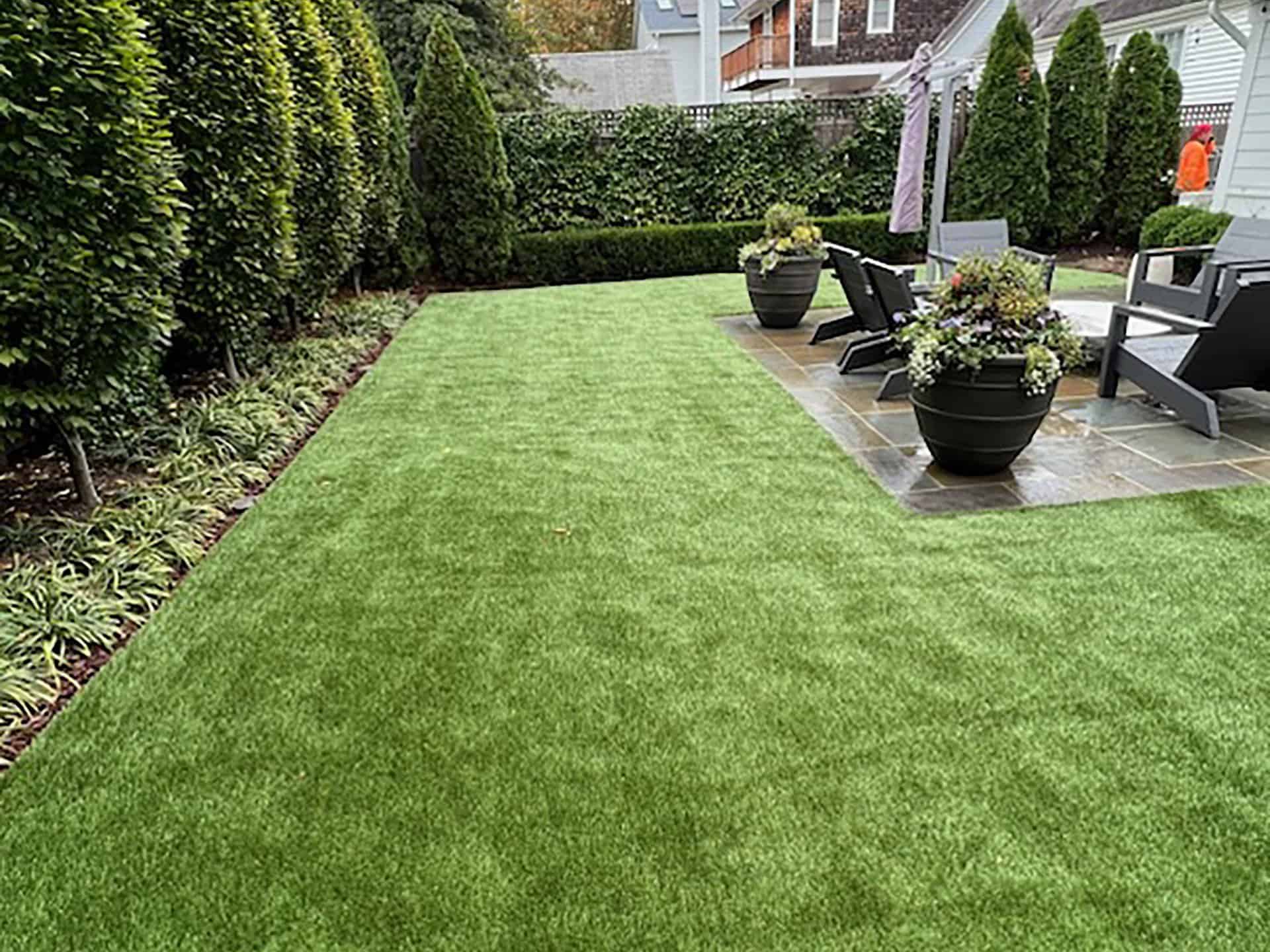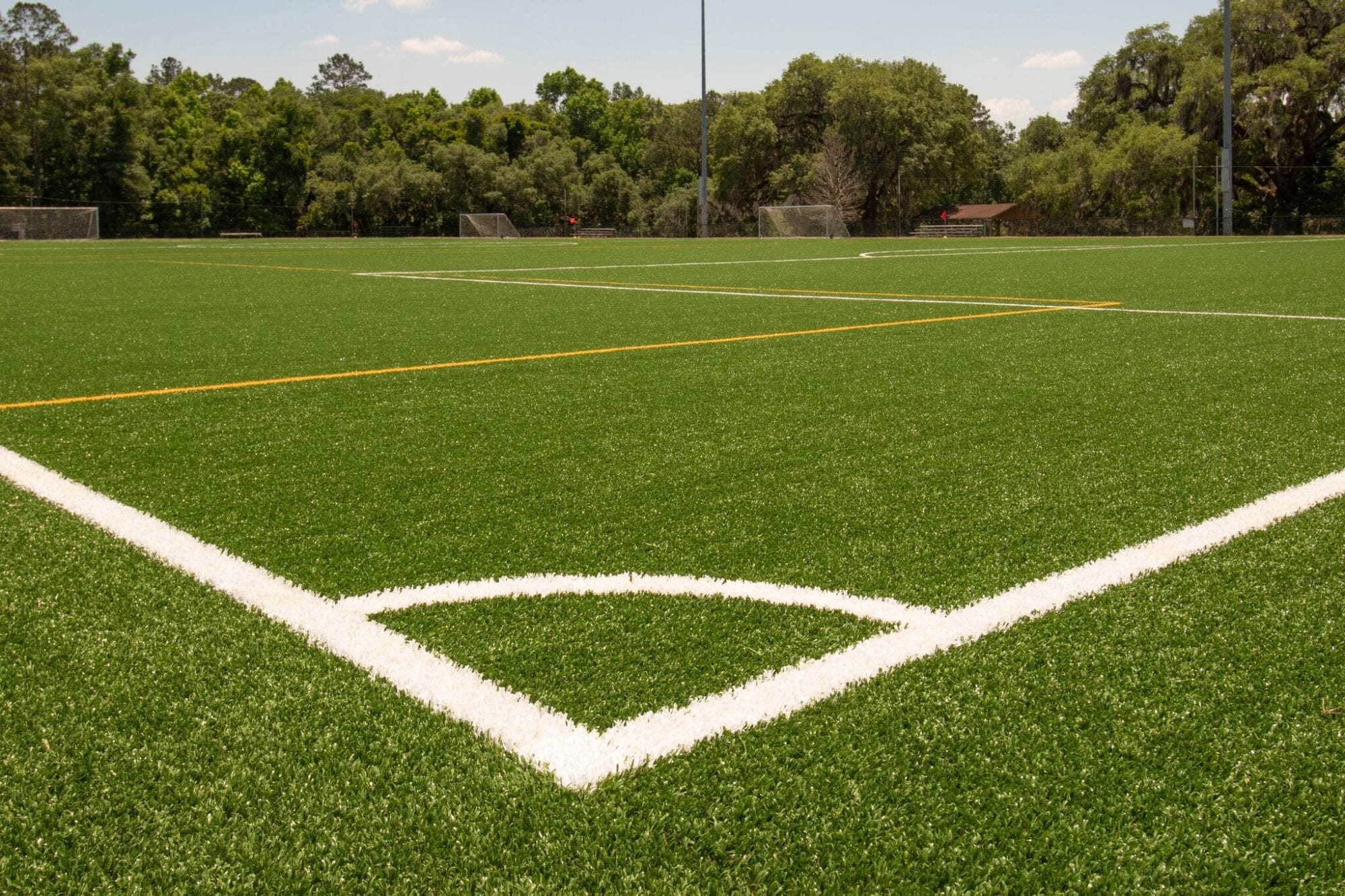Look Into the Environmental Conveniences of Opting for Synthetic Grass Solutions
The adoption of man-made lawn solutions presents a compelling possibility to address pressing ecological obstacles. By substantially lowering water usage and reducing the application of harmful chemicals, these options not only advertise lasting landscaping however additionally shield regional ecosystems.
Water Preservation Conveniences
One of the most considerable benefits of synthetic grass is its capacity to save water. In comparison, fabricated grass does not require watering, considerably reducing the general demand for water sources.
By getting rid of the requirement for normal watering, man-made turf contributes to sustainable landscape methods and helps mitigate the environmental impact of excessive water intake. Moreover, the conservation of water extends to the decrease of overflow, which can lead to dirt erosion and waterway contamination.
Furthermore, the setup of man-made grass allows towns and house owners to designate water sources much more efficiently, concentrating on important usages such as drinking water and agriculture. The change towards synthetic grass not only advertises accountable water use however likewise lines up with broader environmental goals focused on preserving all-natural resources.
As neighborhoods progressively prioritize sustainability, the water conservation advantages of synthetic grass present a compelling instance for its fostering in property and business landscape design tasks.
Decreased Chemical Usage
The change to fabricated lawn dramatically decreases the dependence on chemical therapies frequently made use of in all-natural lawn upkeep. Standard lawn management normally entails the application of fertilizers, herbicides, and chemicals to promote growth and control insects. These chemicals can present risks to human wellness, local wildlife, and the environment, adding to soil and water contamination.
On the other hand, fabricated grass removes the requirement for these damaging compounds. When installed, it needs minimal upkeep, primarily containing routine cleansing and seldom infill replenishment. This decrease in chemical usage not only benefits the prompt atmosphere but likewise contributes to broader eco-friendly stability. By reducing the release of synthetic compounds right into the ecological community, artificial grass advertises much healthier dirt and water supply.
Additionally, the absence of chemical overflow related to synthetic grass installations assists secure neighborhood waterways from pollution, supporting aquatic life and preserving biodiversity. Turf installation phoenix az. As neighborhoods progressively focus on lasting techniques, going with synthetic grass offers a feasible service that lines up with ecological conservation goals. With this shift, residential property owners can enjoy rich environment-friendly areas without endangering eco-friendly health and wellness, leading the way for a much more lasting future
Reduced Carbon Impact

Moreover, the installment of synthetic grass can lead to considerable water preservation. All-natural yards require considerable quantities of water for watering, which not only includes in the carbon footprint related to water removal and treatment however additionally strains local water resources. In contrast, fabricated Read More Here grass requires minimal upkeep, requiring no watering, therefore dramatically reducing water use and its linked energy prices.
Additionally, the durability of synthetic lawn adds to its decreased carbon influence. With a life expectancy of approximately 15 years or even more, the need for frequent substitutes is reduced, causing much less waste and reduced energy usage in manufacturing and taking care of traditional turf alternatives. Overall, man-made turf offers a sustainable choice for environmentally mindful landscaping.
Environment Preservation
Habitat conservation is an important factor to consider in the dispute over landscaping choices, especially when comparing fabricated grass to all-natural lawn. Natural grass lawns commonly call for substantial maintenance, consisting of using herbicides, fertilizers, and pesticides, which can adversely influence local communities. These chemicals can leach right into the soil and rivers, hurting native plants and fauna and interfering with regional environments.
Artificial turf gets rid of the need for dangerous chemicals, therefore securing close-by wild animals and keeping the stability of surrounding environments. The setup of synthetic lawn can lead to the conversion of former turf areas right into more biodiverse landscapes, such as pollinator gardens or native plant locations, which can sustain regional wildlife.
Ultimately, the transition to synthetic grass not just preserves water and lowers upkeep efforts however likewise fosters a more unified connection between human tasks and the natural surroundings, promoting environment conservation while doing so.
Long-Term Sustainability
Long-term sustainability is an important consider evaluating the benefits of man-made turf over traditional yard lawns. One of one of the most substantial advantages of synthetic grass is its resilience; it can last as much as 15-20 years with minimal maintenance, whereas all-natural grass calls you can check here for regular reseeding and replacement. This long life lowers the demand for continuous sources, such as water, fertilizers, and chemicals, which are vital for maintaining a healthy yard lawn.
In addition, synthetic lawn adds to a decrease in carbon emissions related to lawn care equipment. Standard grass typically call for gas-powered mowers, trimmers, and blowers, every one of which contribute to air pollution. Arizona turf. On the other hand, fabricated turf gets rid of the demand for Learn More Here such tools, promoting a cleaner atmosphere
In addition, the production of man-made lawn progressively makes use of recycled materials, improving its sustainability profile. As makers adopt environmentally friendly techniques, the environmental footprint of artificial lawn proceeds to decrease.

Final Thought
The fostering of man-made turf options provides considerable environmental advantages, including considerable water preservation, minimized reliance on harmful chemicals, and a lower carbon impact. Man-made grass aids in maintaining all-natural habitats by minimizing land disruption and advertising long-lasting sustainability through the usage of long lasting materials. Collectively, these variables emphasize the possibility of synthetic grass to add favorably to environmental wellness and use a feasible alternative to traditional landscape design methods in a progressively resource-conscious world.
In comparison, man-made turf does not require watering, significantly reducing the total demand for water resources. By minimizing the launch of synthetic compounds right into the environment, fabricated grass advertises healthier dirt and water systems.
Additionally, the installation of man-made turf can result in considerable water conservation. In contrast, fabricated turf requires minimal maintenance, calling for no watering, thereby dramatically decreasing water use and its associated energy prices.

Comments on “Trusted Phoenix Turf Companies Providing High-End Synthetic Grass Installation”